In today’s digital age, the lines between social media and online shopping have blurred, giving rise to a powerful trend known as social commerce. Unlike traditional e-commerce, which relies on standalone websites or marketplaces, social commerce integrates the shopping experience directly within social media platforms. This fusion of social interaction and purchasing is transforming the way consumers discover, engage with, and buy products online. Whether you’re a seasoned entrepreneur or a budding seller, understanding social commerce and leveraging its potential could be a game-changer for your business.
What Is Social Commerce?
Social commerce is a subset of e-commerce that utilizes social media platforms to facilitate the buying and selling of products and services. It’s more than just posting a product photo with a link to purchase; it’s about creating a seamless, engaging shopping experience where customers can browse, interact with, and purchase products directly within the social media environment. This includes everything from shoppable posts, in-app purchases, and live streaming events, to user-generated content that showcases products in real-world settings.
Social Commerce vs. E-commerce
While social commerce and e-commerce share the same goal—selling products and services online—they differ in approach and execution. Traditional e-commerce often involves a straightforward transaction on a retailer’s website or through an online marketplace like Amazon or eBay. Customers visit these sites with the specific intent to shop, and the experience is usually transactional rather than interactive.
On the other hand, social commerce leverages the power of social media to make the shopping experience more engaging and community-driven. Instead of visiting a separate website, customers can discover and purchase products directly from their favorite social media platforms. This approach is particularly effective in reaching younger audiences who spend a significant amount of time on social media and value recommendations from influencers and peers.
Social Commerce Trends
As social commerce continues to evolve, several trends are shaping its future:
Live Shopping Events: Live streaming has become a cornerstone of social commerce, with platforms like Instagram, TikTok, and Facebook offering live shopping features. Brands and influencers host live events where they showcase products, interact with viewers in real-time, and offer exclusive discounts. This trend is particularly popular in Asia and is rapidly gaining traction in Western markets.
User-Generated Content (UGC): Consumers trust content created by other users more than traditional advertisements. Encouraging customers to share their experiences with your products on social media can drive engagement and increase sales. UGC not only serves as social proof but also provides authentic content that resonates with potential buyers.
Shoppable Posts and Stories: Social media platforms are increasingly integrating shopping features into posts and stories. Users can tap on a product in a post or story to view details and make a purchase without leaving the app. This seamless integration of content and commerce is driving higher conversion rates.
AI-Powered Personalization: Artificial intelligence is being used to personalize the shopping experience. From personalized product recommendations to chatbots that assist with customer inquiries, AI is helping brands create more tailored and engaging shopping experiences on social media.
Best 5 Social Commerce Platforms
Social commerce wouldn’t be what it is today without the platforms that make it possible. Here’s a closer look at the top five platforms that have become powerhouses in the world of social commerce:
1. Instagram
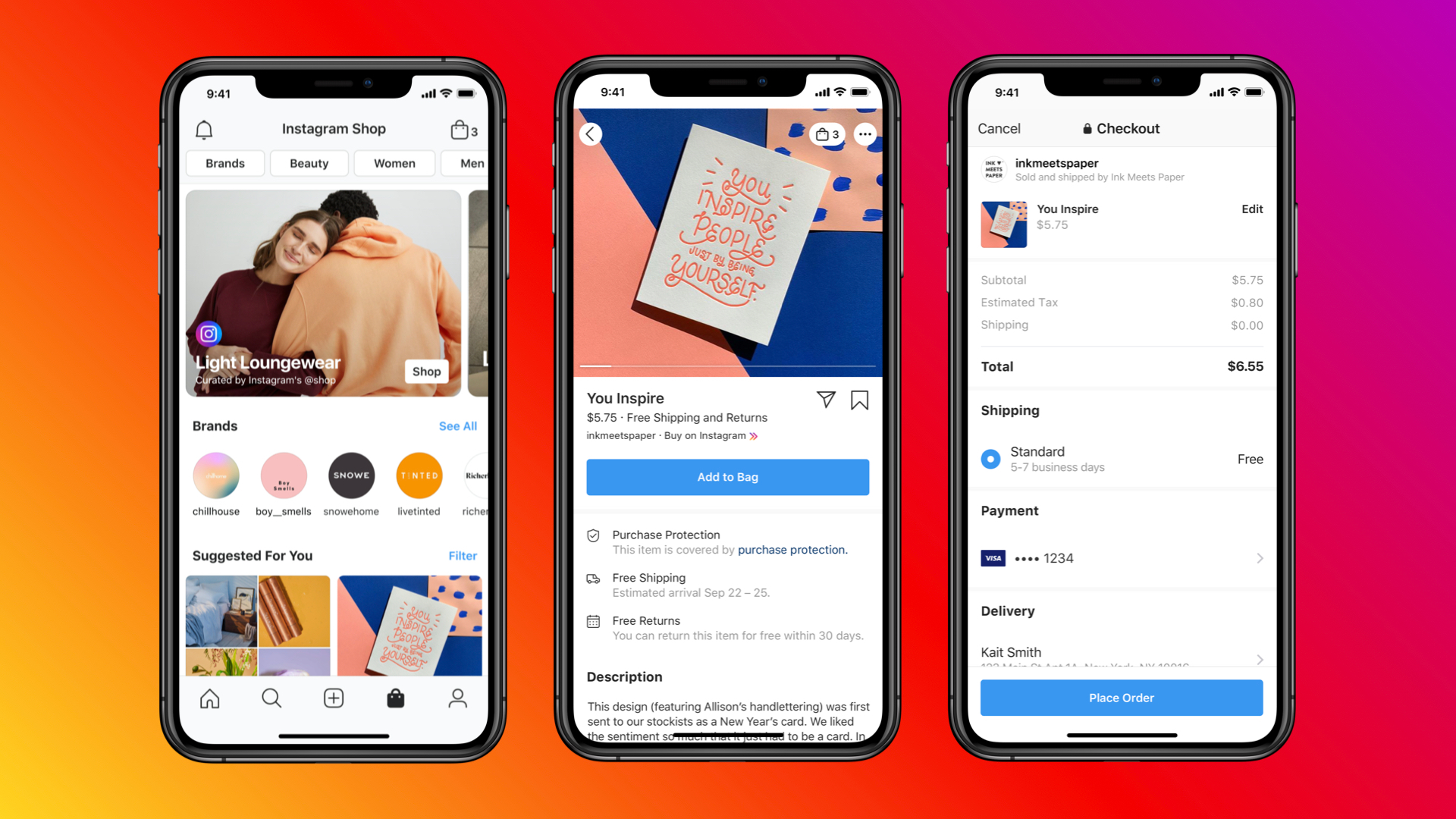
Instagram has become a key player in social commerce, leveraging its visually-driven platform to connect brands with over a billion users. The platform’s Instagram Shopping feature allows businesses to create a digital storefront where users can explore products through their feed, stories, and the Shop tab. Product tags and shoppable posts enable users to view product details and make purchases without leaving the app. Instagram Checkout simplifies the purchasing process, further enhancing user convenience. The platform’s focus on visual content, combined with influencer partnerships, makes it a powerful tool for driving product discovery and sales.
2. Facebook
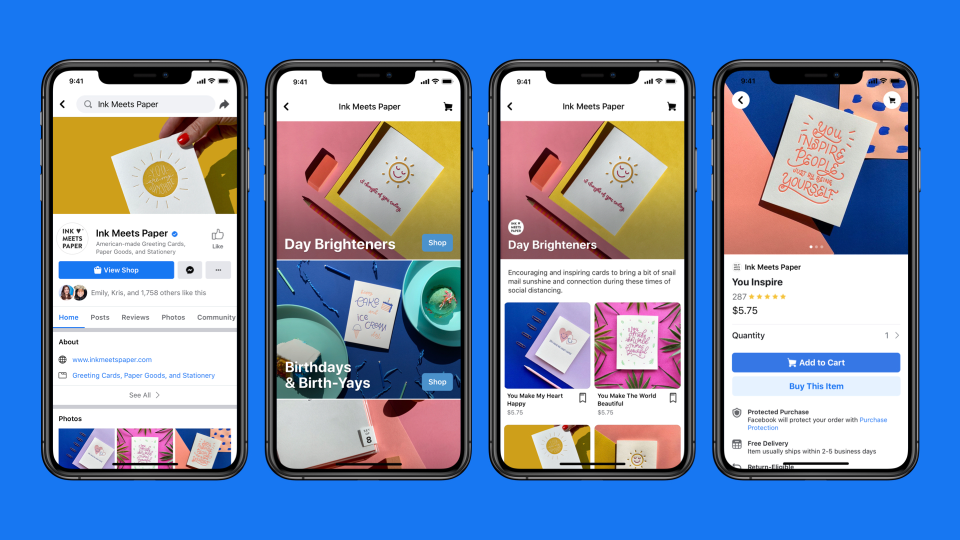
Facebook’s extensive reach and diverse user base make it a cornerstone of social commerce. With Facebook Shops, businesses can set up online stores that are accessible on both Facebook and Instagram, providing a cohesive shopping experience. The Live Shopping feature allows brands to host live events where they can showcase products and interact with customers in real-time, driving urgency and sales. Facebook’s robust advertising tools also play a crucial role in targeting specific audiences and driving traffic to these online stores, making it a versatile platform for brands aiming to boost their social commerce efforts.
3. TikTok
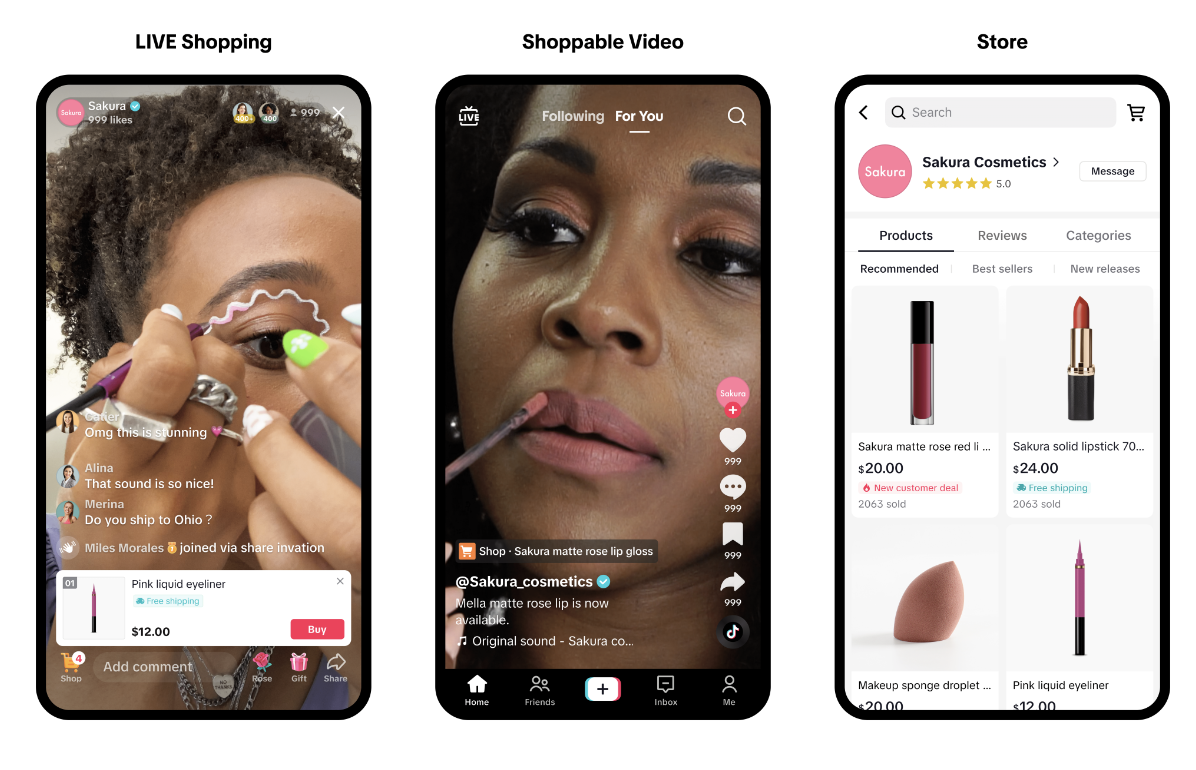
TikTok’s rapid growth and emphasis on short-form video have made it a dynamic platform for social commerce, especially among younger demographics. TikTok Shopping allows brands to integrate their product catalogs directly into their profiles, making it easy for users to discover and purchase products. In-video shopping links and Shop Now buttons facilitate seamless transactions, blending entertainment with commerce. TikTok’s ability to create viral content and its partnership with Shopify enhance its appeal, offering brands a creative and impactful way to engage with consumers and drive sales through authentic, relatable content.
4. YouTube
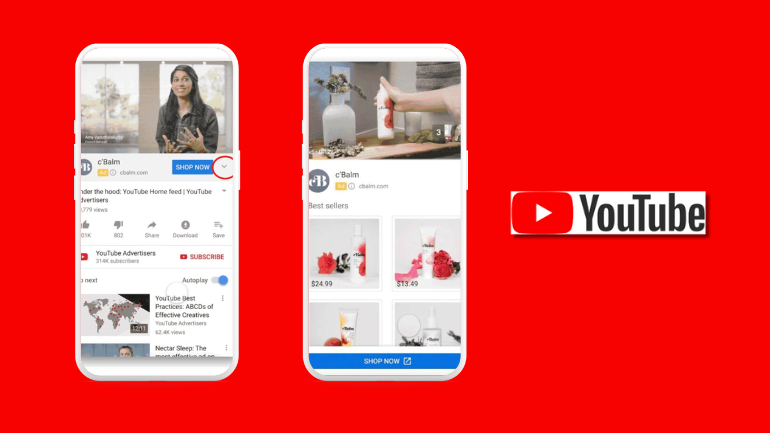
As a leading video-sharing platform, YouTube is a powerful tool for social commerce, particularly through long-form content like product reviews, tutorials, and unboxings. The platform’s shoppable ads and product listings within videos provide a direct path from content to purchase, allowing viewers to buy products as they engage with video content. YouTube Shorts adds a new dimension with short, engaging videos that can drive product awareness and sales. Influencer partnerships on YouTube are particularly effective, with creators often influencing purchasing decisions through detailed and trustworthy content.
5. X (Twitter)
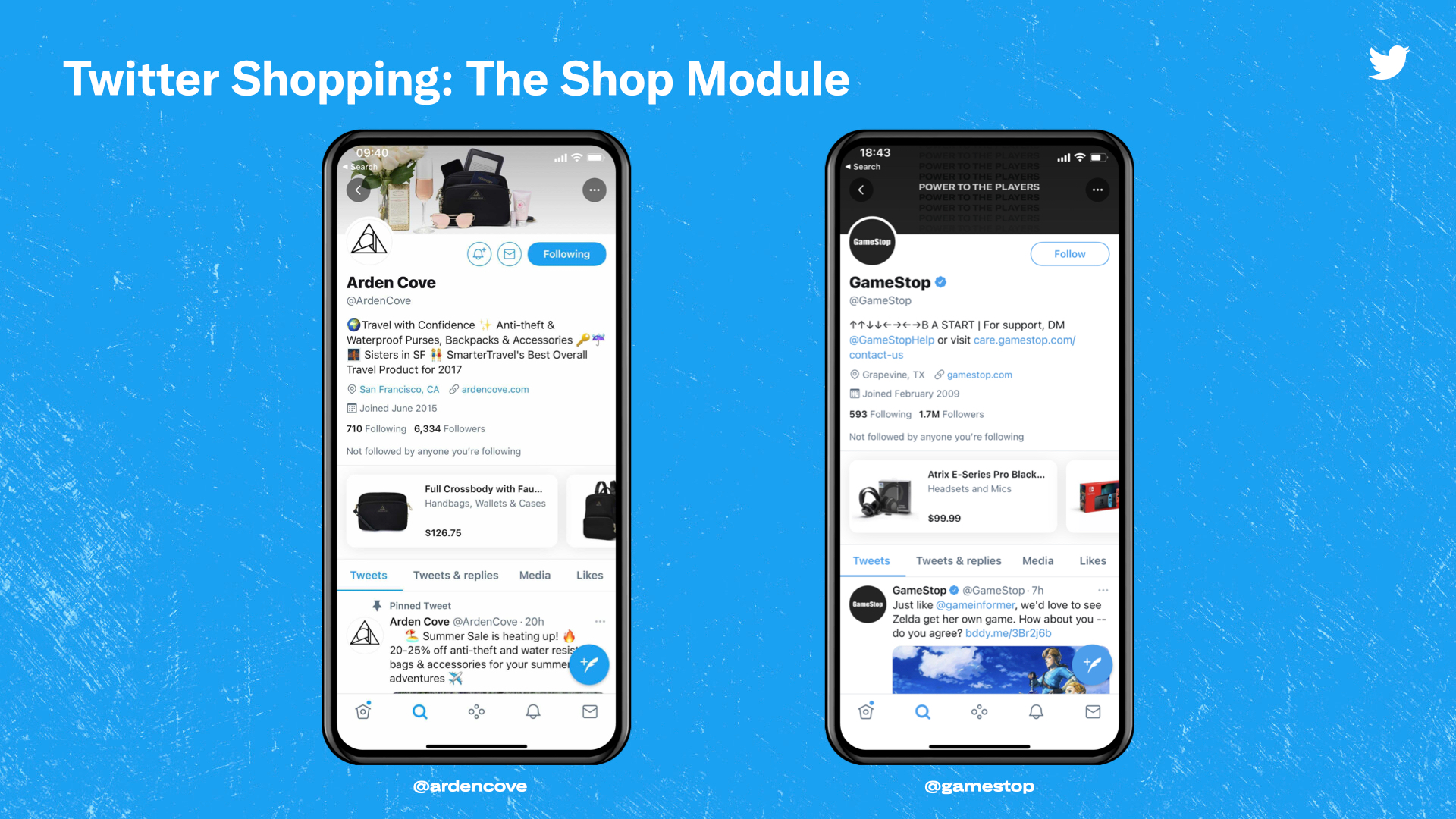
X (formerly Twitter) excels in real-time engagement, making it a unique platform for social commerce. The Shopping Module allows businesses to showcase products directly on their profiles, with users able to click through to purchase items. X’s Conversational Ads and Promoted Trends help brands create buzz around product launches and promotions, driving both engagement and conversions. The platform’s strength lies in its ability to facilitate direct communication between brands and consumers, making it ideal for real-time interactions that can quickly turn social conversations into sales.
How to Monetize on Multiple Social Platforms Simultaneously?
With the rise of social commerce, it’s increasingly important for businesses to maintain a presence across multiple platforms. However, managing multiple accounts and keeping content fresh can be challenging. This is where BocaLive comes into play. BocaLive is a cutting-edge AI-driven live streaming tool designed to help you simultaneously monetize on various social platforms.

- Multi-streaming: BocaLive enables you to live stream across multiple platforms like Instagram, Facebook, TikTok, YouTube, and X with ease. This allows you to reach diverse audiences, expanding your brand’s visibility and driving sales.
- Custom AI avatars: You can customize your own AI avatar online to represent your brand, interact with viewers, and even respond to questions in real-time, creating a personalized and engaging shopping experience.
- AI-generated scripts: Running out of things to say during a live stream can be challenging, but with BocaLive’s AI, you can create engaging scripts specifically tailored to your products and audience, keeping your live streams consistently on track.
Whether you’re hosting a live shopping event, launching a new product, or simply engaging with your audience, BocaLive provides the tools you need to maximize your social commerce efforts.
The Bottom Line
Social commerce represents a significant shift in how consumers shop online, blending the interactive elements of social media with the convenience of e-commerce. As this trend continues to grow, businesses that embrace social commerce will have a competitive edge in reaching and engaging with their target audience. By leveraging the power of platforms, and using innovative tools like BocaLive, you can tap into new revenue streams and drive significant growth for your business. The future of shopping is social, and now is the time to get on board.



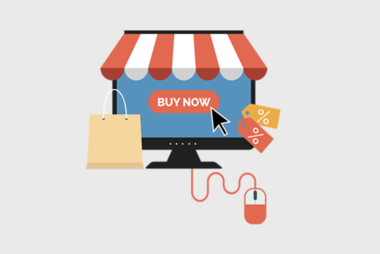

Recent Comments